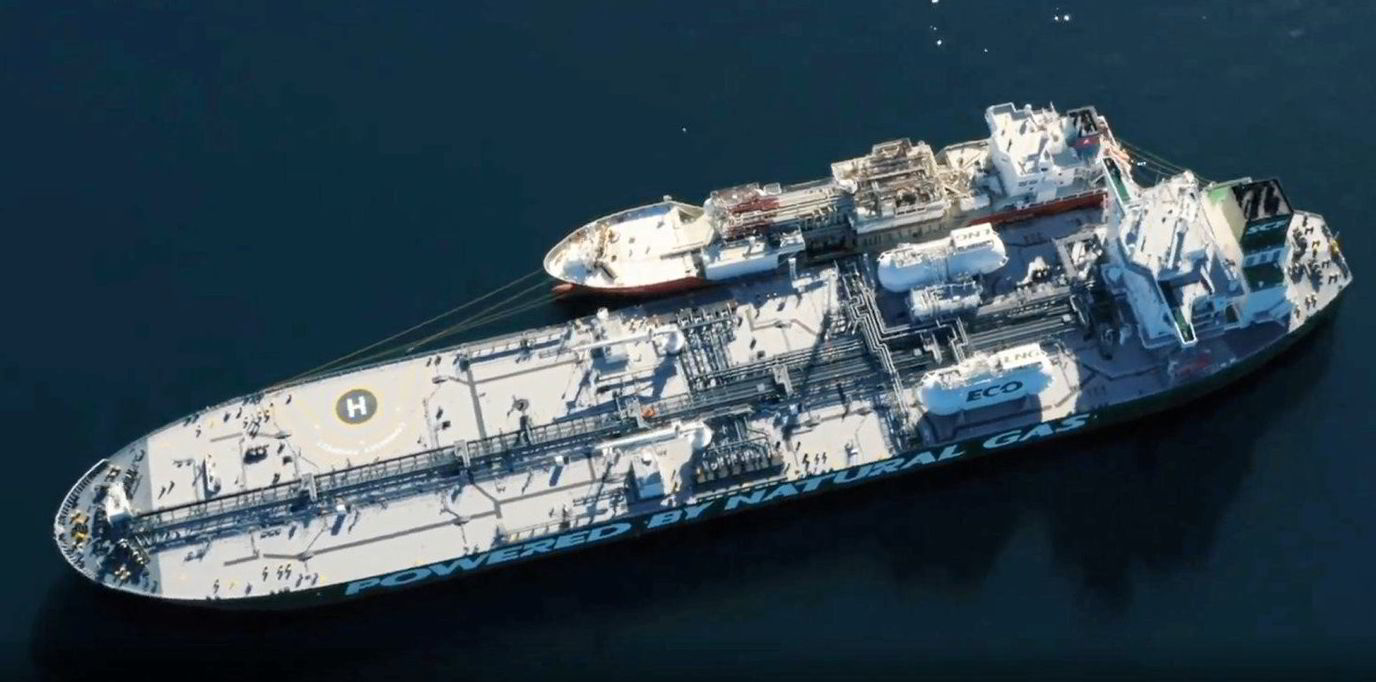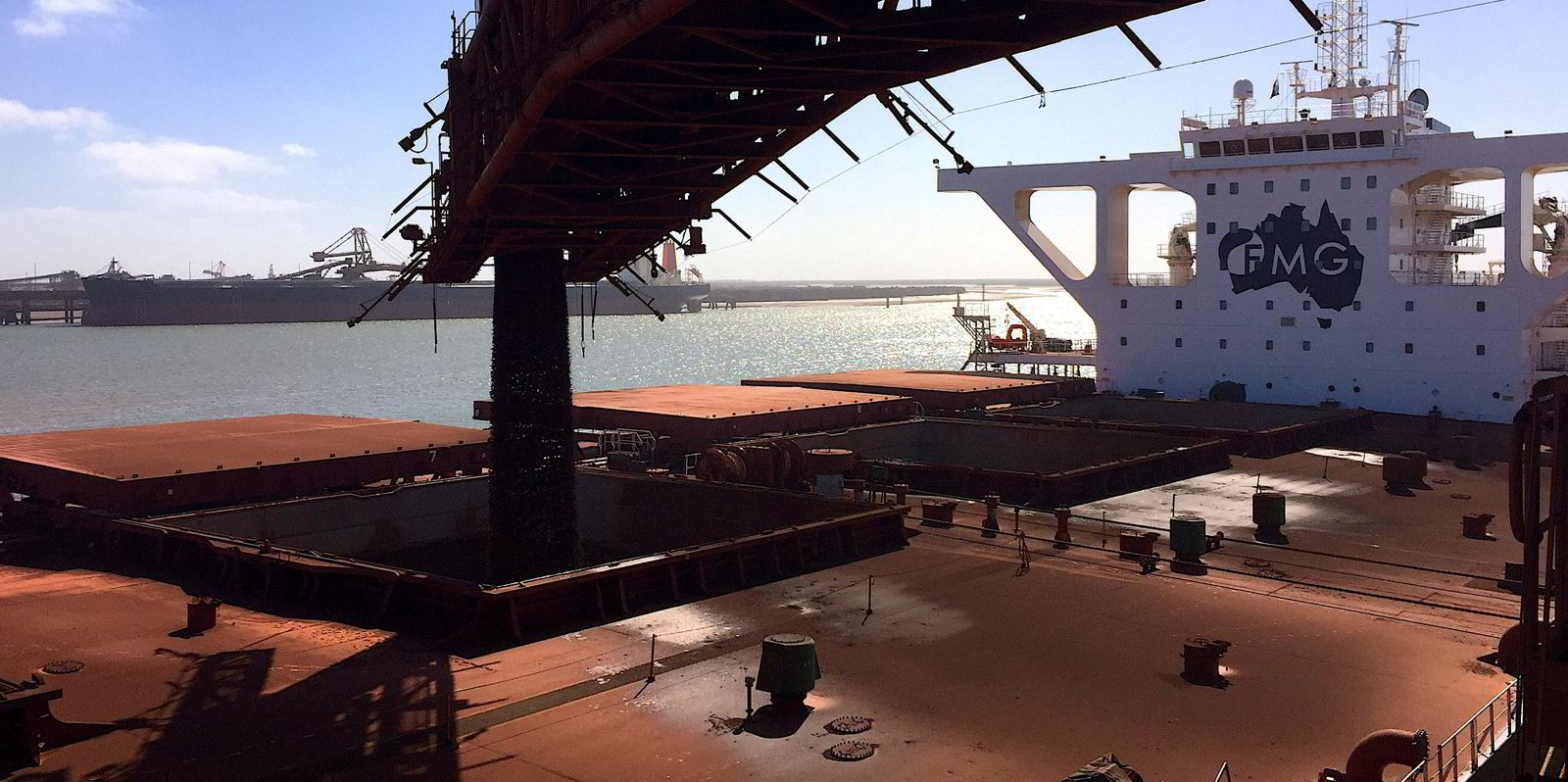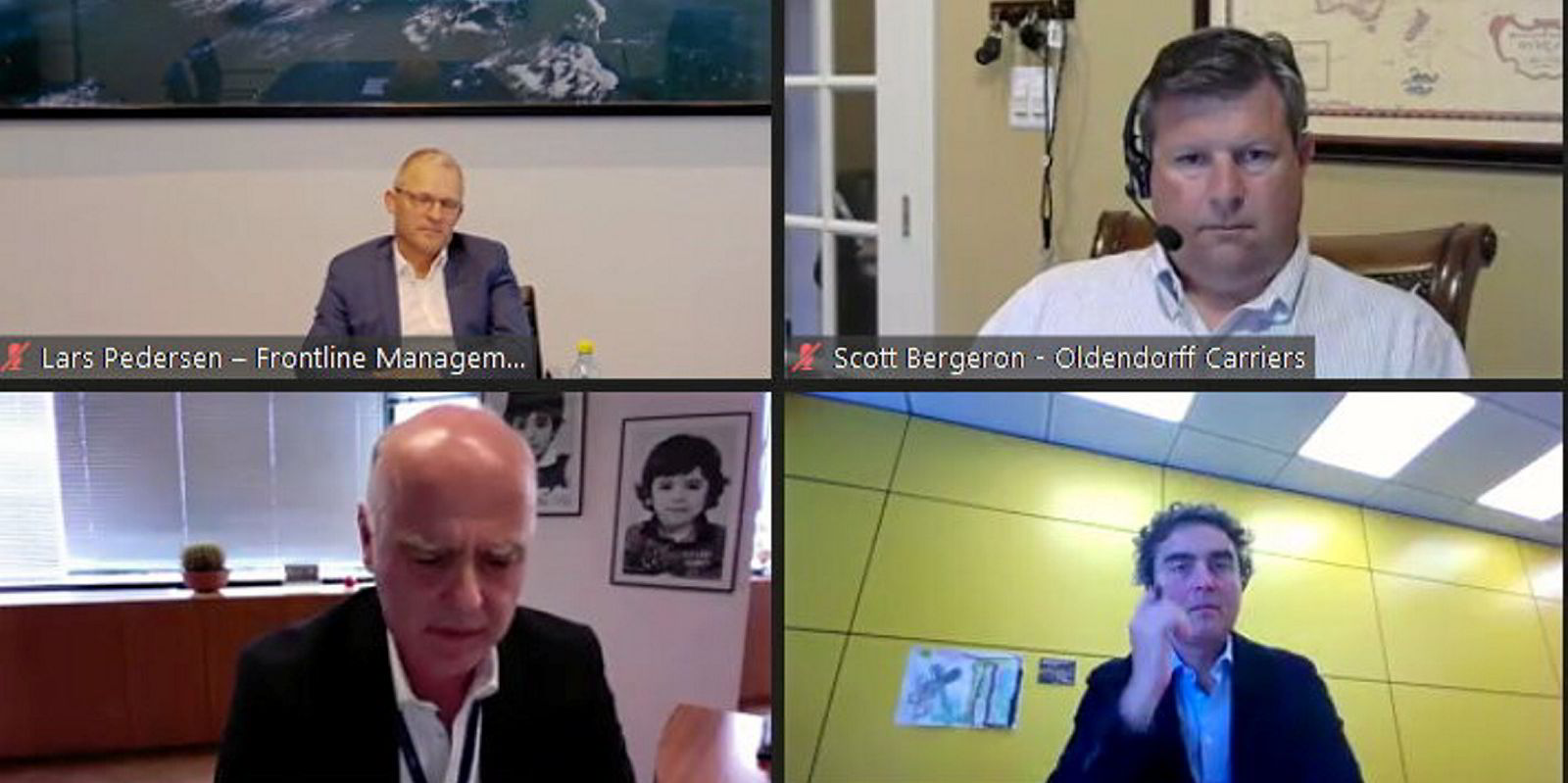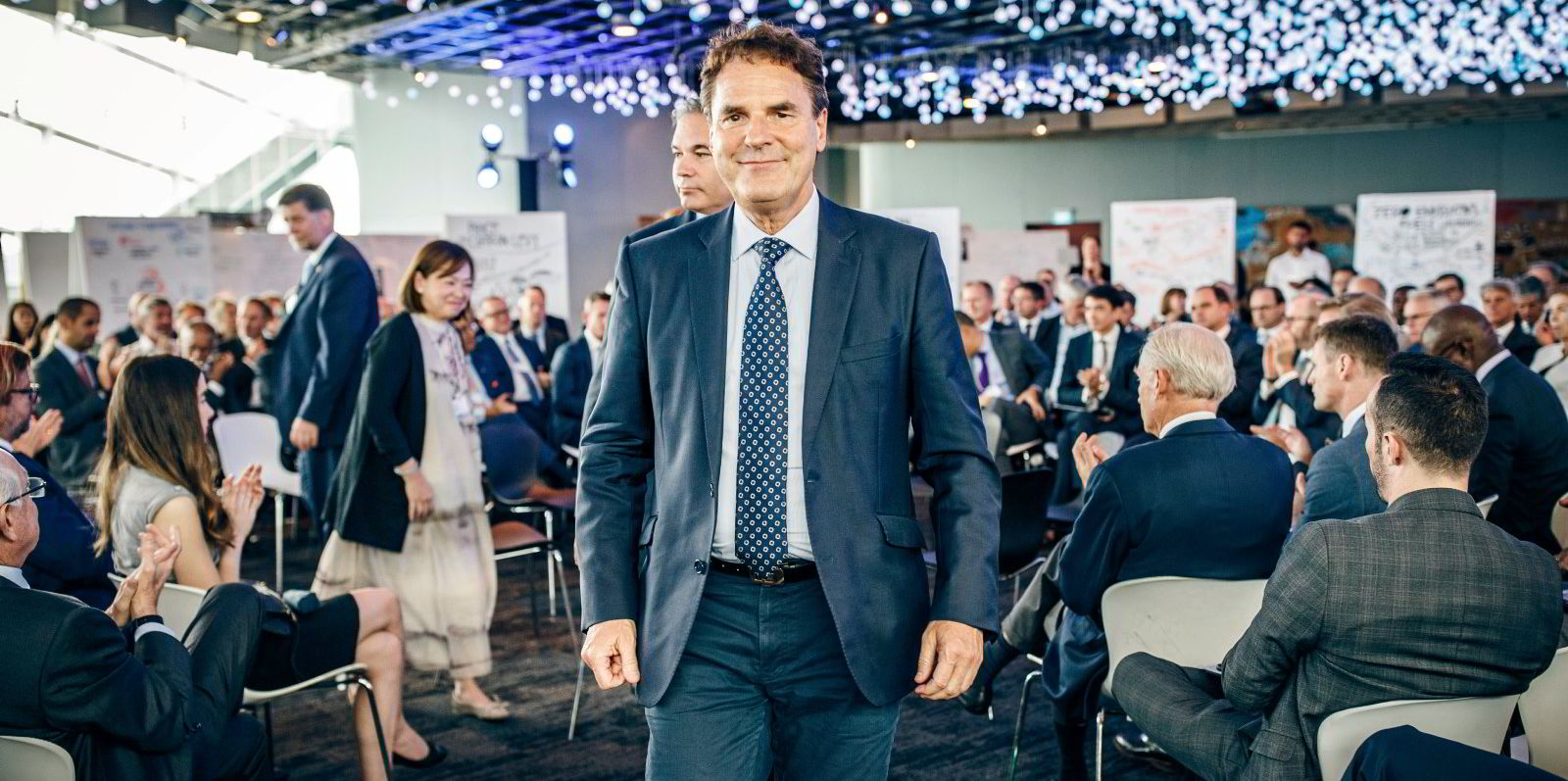LNG as a fuel offers the best choice for newbuildings today, according to AET, International Seaways, NYK Line, Shell and Wartsila.
Shell manager of downstream LNG Tahir Faruqui told Capital Link's Decarbonisation in Shipping online forum today that even with methane slip factored in, LNG offers a 21% to 25% improvement in emissions.
He said that while it costs more to build a dual-fuelled ship, LNG as a fuel is cheaper, so over the lifetime of the asset the economics make sense.
No-brainer
Faruqui said that for people and the planet it is “absolutely unacceptable” not to choose LNG for building a new vessel.
He acknowledged, however, that it does not work for existing ships and is not a zero- footprint fuel.
Faruqui described LNG as a “no-brainer” and a “zero-risk investment choice” because regulators will eventually penalise ship's CO2 footprints.
“It baffles me that the world is still not moving to LNG,” he said.
International Seaways chief executive Lois Zabrocky said her company is in the early days of its dual-fuel project to build three VLCCs for charter to Shell.
We need to do something. If you stand still in today’s world you simply move backwards
Svein Steimler
But she said these vessels, which deliver in 2023, will be 40% more efficient than a 10-year-old VLCC in today’s global 800-ship fleet.
She described this as “a step change” on her company’s road to decarbonisation.
AET global director for business development & joint venture management Peter Liew said his company has four LNG dual-fuelled vessels in operation and five more under construction.
“We believe in LNG," he said. We can continue to wait for the perfect fuel but when will it be available? As owners, we feel we have the obligation to act."
Bandwagon
NYK Group Europe president & chief executive Svein Steimler said that throughout history many shipping players have simply acted too late.
Steimler said he is “baffled” as well that people are not “getting on the LNG bandwagon” when other technologies like ammonia and hydrogen are not fully developed.
“Why don’t we grab what we can take today and then move on to other areas when the time is right? he asked.”
NYK is planning to build another 50 vessels with LNG dual-fuel propulsion and will add battery technology, Steimler said.
“We need to do something. If you stand still in today’s world you simply move backwards.”
Next steps
Farid Trad, CMA CGM vice president for bunkering & energy transition, said his company will have 32 LNG-fuelled vessels in operation by 2022.
LNG offers the most balanced choice today for the environment, health, economic viability and operational efficiency, Trad said.
There are also next steps for LNG in biomethane, bio-LNG and synthetic-LNG, he added.
Wartsila director of fuel and gas supply systems Mathias Jansson said the LNG and dual-fuel platform with the fuel system correctly designed is perfect for blending in bio and synthetic LNG and then moving into other alternative fuels.
According to Faruqui, there is a need for LNG capability in 15 to 30 ports to supply the deep-sea fleet. Over the next two years, Shell plans to double its investment in LNG infrastructure, he added.
The energy major is also looking at demand for bio-LNG from the marine sector, he said.








